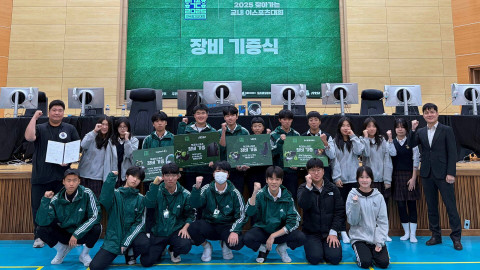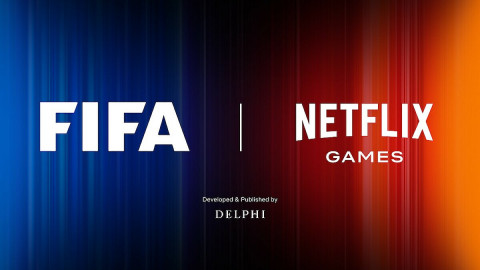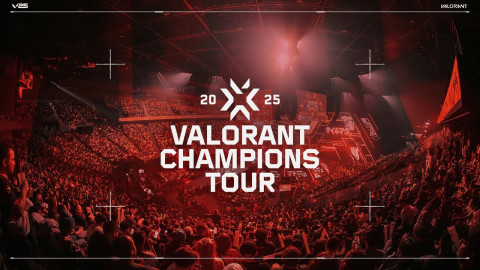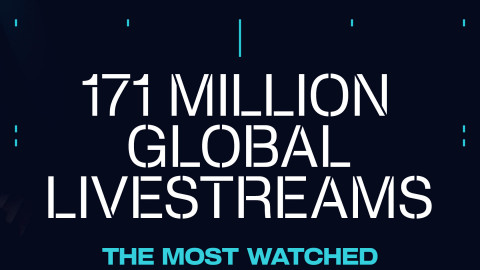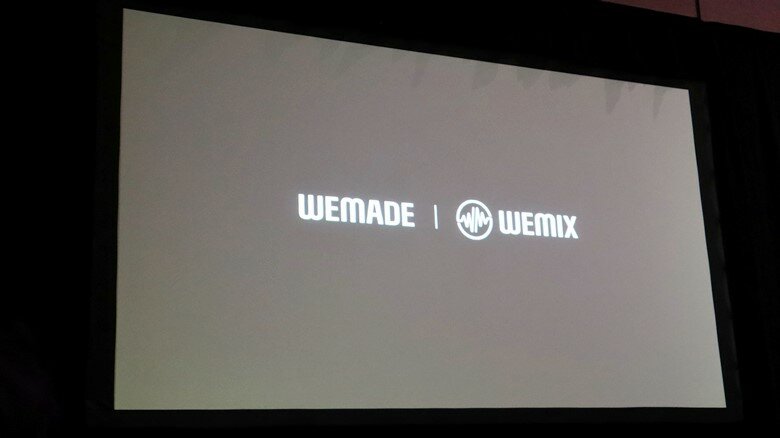
Two of the hottest topics in the IT industry for the past few years have been cryptocurrency and blockchain, technologies that have affected multiple industries in diverse areas. In the gaming industry, which in itself is a byproduct of the IT sphere, new concepts that could shift the paradigm have been emerging.
Since its inception, blockchain technology have gradually merged with gaming through “coin dozer” games and game designs, built upon the blockchain economy’s decentralized finance. And as the merge reached its late stages, WeMade made Mir4.
The combination of gaming and blockchain economy didn't always draw positive reactions. The direct connection between gaming and capital has always had a chip on its shoulder, and the effects got worse yet when profiteering became the number one priority for the gaming industry. The philosophy of making money instead of making games naturally turned gamers skeptical.
Therefore, WeMade’s attempt seemed rather reckless. Cryptocurrency has its potential, but equally so, its volatility and lack of regulation had destroyed many lives, so for the longest time, the technology carried a foul odor. Now, blockchains and "the metaverse" have risen up as new and complex concepts, confusing users — and experts — further still.
As a result, WeMade and CEO Chang “Henry” Hyun-guk had to be verified twice. The games they developed had to succeed, and they needed to create an event where they could change the public recognition. By publishing Mir4 and the WeMix platform, they went through and passed the first test.
Now, WeMade and Henry are taking their second one. They need to execute the vision of the company, as well as convince the members and gamers that at the core of the gaming industry. For that purpose, they headed to GDC where the best developers in the world gather, and CEO Henry stood in front to lead a session.

Can blockchains and “fun” coexist?
Henry was there to resolve misunderstandings, WeMade's CEO opened. Although Mir4 was a global success, there were still doubts and misconceptions about the game's blockchain-based economy.
Henry spoke of Axie Infinity first, which was the first pay-to-earn (P2E) game that showed potential, even if it didn't exactly receive praise from the status quo.
“Traditional game developers, now we have to call them traditional, viewed this negatively. Most of the game developers who played the game said it sucked,” said Henry.
According to Henry, this reception stems from the disconnect between the blockchain technology and the fundamentals of gaming. Most gamers or game developers believe that a game is defined by how "fun" it is to play. "Fun" was a commonly recognized concept among people in the industry. A game might have a great code base or inspiring artwork but if it wasn't "fun", it wouldn't be accepted as a "good" game.

That's where these blockchain-based games were found lacking and were treated coldly by the industry. In the early days of blockchain-based gaming, developers would readily abandon the fundamentals of the hobby and would focus wholly on the economic elements only. As a result, these products looked as if an economist tried to understand what games are and combined them with this new buzzword product. These games were a mess: they had excessive and abusive cash models, integrated like in any of the thousands of mass-produced mobile cash-grabbing games.
And that's a difficult frame to get out of.
Henry didn’t deny that a fundamental of gaming is to have fun but he emphasized that a blockchain-based economy isn't an inhibitor to entertainment. Rather, it's the other way around, and such economy can actually make a game more fun.

Henry gave Mir4’s index as an example. Mir4 was first published in November 2020 and started really growing after August 2021, when it implemented the WeMix crypto system. For WeMade's CEO, the negativity towards games such as Mir4 stems from bad examples set by poor-quality predecessors.
The vision and ecosystem of WeMade
Mir4’s economy is based on cryptocurrency which is connected to real funds. One of the resources that can be earned within the game, Darksteel, can be exchanged into DRACO coins, which themselves can be exchanged for WeMix credits or Hydra coins, which have higher value, and from there — traded in for tangible funds.
Mir4 also utilizes another relatively new concept to gaming, the non-fungible tokens, or NFTs. The NFT element of Mir4 is the characters themselves, which players can buy or sell. Mir4 characters can level up and wear equipment and are considered digital possessions, so they are treated as tradable elements, just like any other NFT.
All of this process is based on decentralized finance (DeFi). For example, in general centralized finance MMORPGs, all the digital assets earned by playing the game belong to the developing company. The characters, resources, items, and so on are owned by the developer, which is why buying or selling characters and resources (thing World of Warcraft gold, or whole accounts, for example) is forbidden by the terms and conditions.

On the other hand, as a blockchain-based game, all of the economical assets are DeFi, so they belong to individual gamers, including all of the in-game resources and characters.
Now, Henry wants to develop the system even further. Currently, the WeMix platform services seven games and they’ll be providing more than 100 games on the platform in the future. Think about it this way: if Battle.net had a developed DeFi system, World of Warcraft players could trade items from one game for assets in another. Trade WoW gold for Overwatch skins or Diablo II items.
And on top of it, of course, lies the concept of the metaverse.
What is metaverse to Henry?
Metaverse is currently the hottest keyword in Silicon Valley to such an extent that even traditional industries are focusing on it. But it doesn't have to be one single metaverse in existence. There could be many, all with their own goals. The metaverse Meta, for example, aspires to create a virtual world where people are connected through VR devices. To reach their goal, they've acquired Oculus and aim to build a world like that of Earnest Kline's "Ready Player One" — a virtual world where anyone can be anyone, or anything.
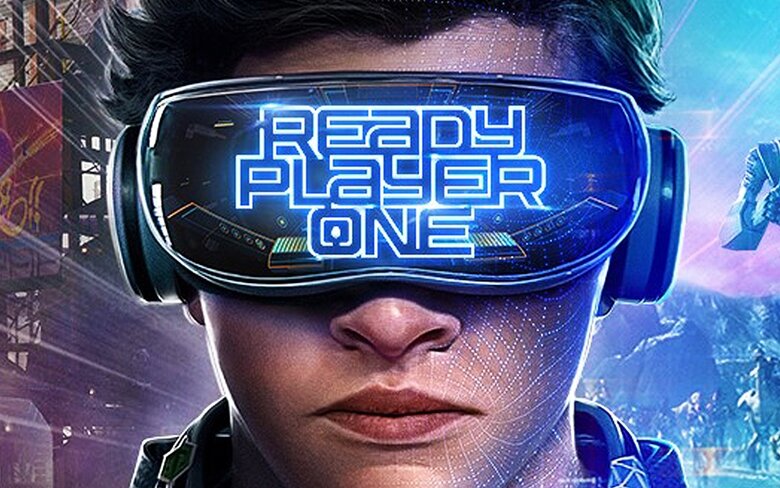
The Zepeto metaverse is different. Zepeto has a global avatar platform, on which users can take online classes and communicate with others. It’s a softer virtual world that doesn’t get into VR, but it's still a metaverse in its own right.
The metaverse Henry had in mind was focused on experience, not interface. He gave “Roblox” as an example.

Roblox is hugely popular among teenagers. In a way, it’s already an almost complete metaverse. Users make their own avatar or character within Roblox and experience activities within the virtual space that other individual users have created. They can roleplay, play games, or just simply explore the world. It's essentially a metaverse already in everything but name. Roblox users say they "play Roblox" and not "enjoy the metaverse".
For Henry, games and metaverses are very similar, because games were already building towards the concept before it was titled as such. That's what he wants to build: an experience people can enjoy by plating a well-made game and a vast platform that could connect everything.
In the end of his 40-minute lecutre, Henry emphasized that at the end of the day WeMade are a game developer. What they do best is make games, and their foray into blockchain is a journey on the quest to make games more fun.

Sort by:
Comments :0





